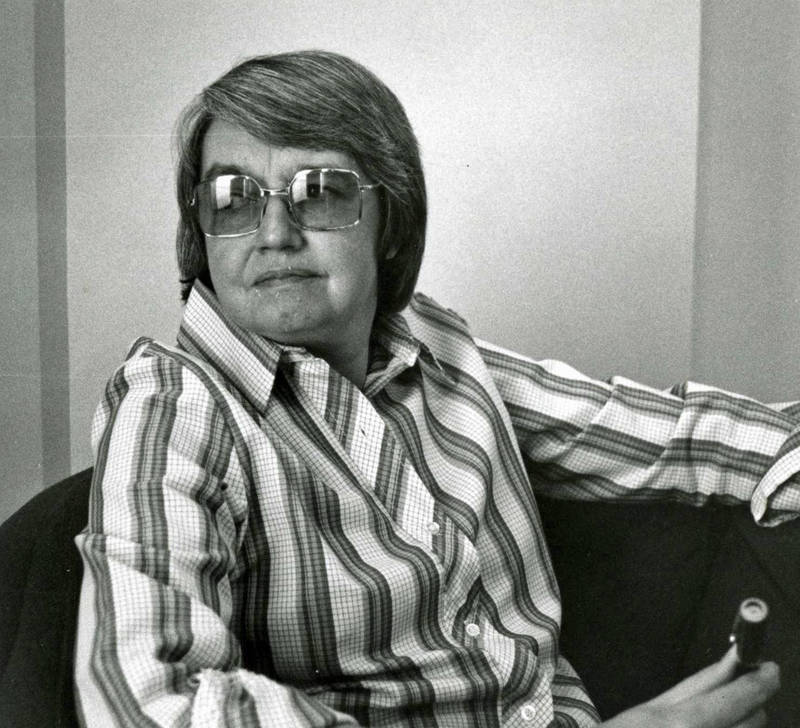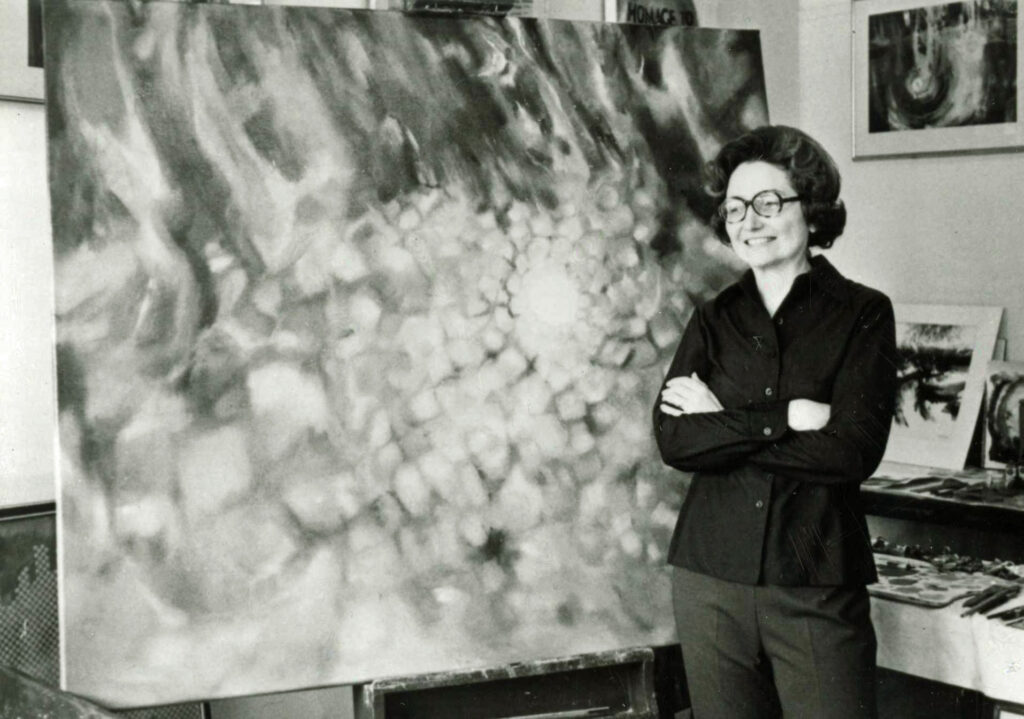This post is part of the WLA blog’s 2022 series written by guest writers. These writers are graduate students in the Public History program at Loyola University Chicago. Each visited the archives during Fall 2021, delved into the collections, and wrote about a topic not yet explored here. We are excited to share their research and perspectives!
For more than a century, the habit worn by the Sisters of Charity of the Blessed Virgin Mary (the BVMs) remained the same, and their cornette (headdress) was unmistakable. A brimmed hood extended in front of each sister’s face, creating blinders. Within the perfect right angles of the veiled hood, each face was framed—and obscured—by a horseshoe-shaped cap. The distinctive style has been described as a covered wagon, a Conestoga wagon, a cigar box, and more ominously, a coffin.

When Patricia Mary Jane Gallagher first saw the BVM habit as a transfer student to Mundelein College in 1942, she was dismayed. She and her mother had departed Iowa one July day on a train called The Land of Corn and by the time they walked up the Skyscraper building to ring the doorbell, their dresses were wrinkled in the humid air [1]. A nun greeted them with “all smiles,” but in Gallagher’s “dream of living in Chicago” she didn’t envision sisters wearing the same habit they wore at the college where she was dissatisfied for two years—Clarke College in Dubuque. “Another fantasy diminished,” she later wrote [2].
Continue reading

